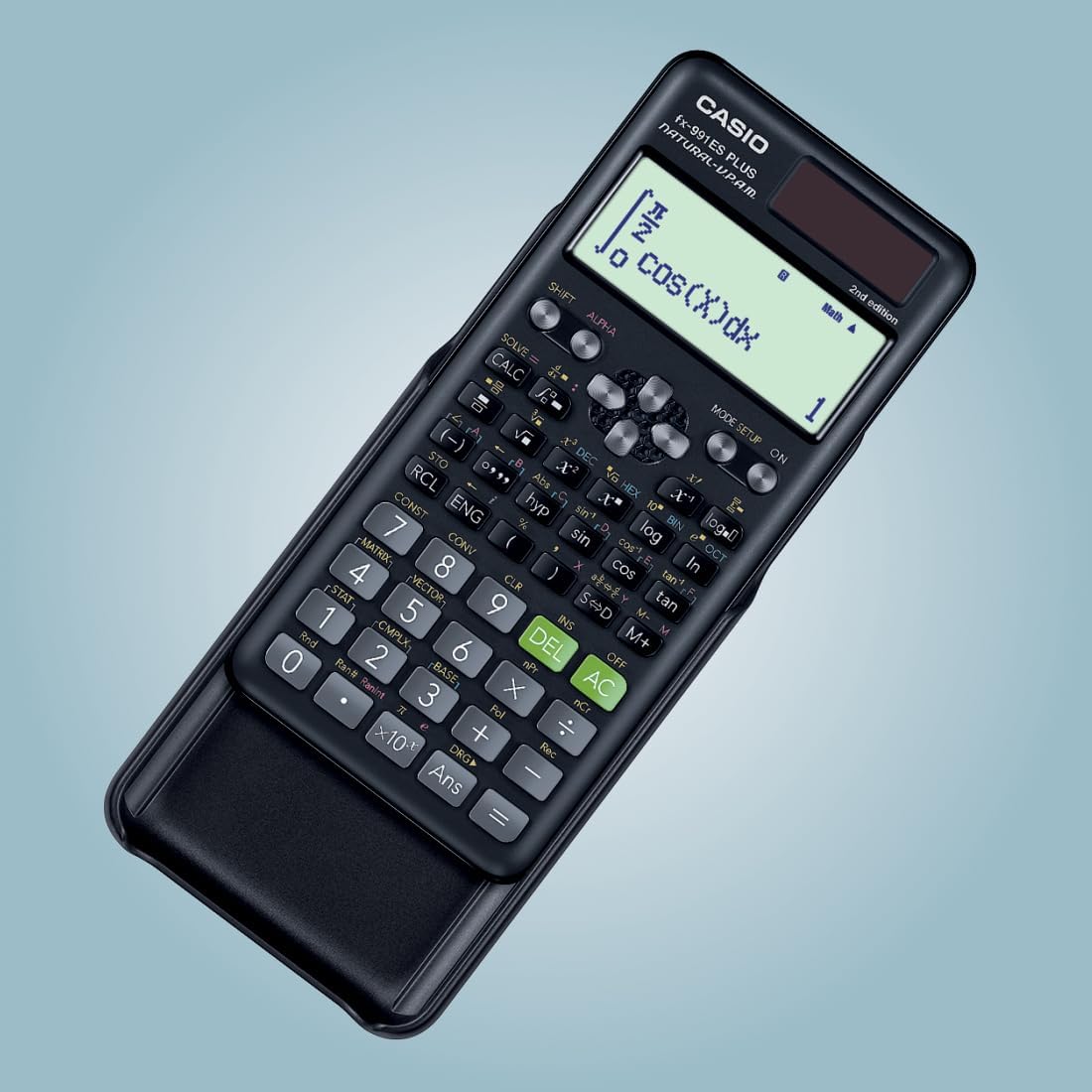Gross Rent Multiplier Calculator
Calculate the Gross Rent Multiplier (GRM) to quickly evaluate rental property investments and compare property values.
GRM is a simple valuation metric that doesn't account for operating expenses, vacancy rates, or property management costs. Use it as one of several tools for property analysis, not as the sole decision-making factor. Consult with real estate professionals for comprehensive investment analysis.
Understanding Gross Rent Multiplier (GRM)
What is Gross Rent Multiplier?
The Gross Rent Multiplier (GRM) is a simple metric used to quickly evaluate and compare rental property investments. It represents how many years of gross rental income it would take to pay for the property. The formula is: GRM = Property Value / Annual Gross Rent
How to Calculate GRM
- • Calculate Annual Rent: Multiply monthly rent by 12 to get annual gross rent
- • Divide Property Value: Divide the property's market value (or asking price) by the annual rent
- • Compare Results: Lower GRMs generally indicate better income potential relative to price
- • Consider Market Context: Compare with similar properties in the same area for meaningful insights
Interpreting GRM Values
Lower GRM (4-7)
Generally indicates better cash flow potential. The property price is lower relative to rental income, suggesting stronger returns. Common in cash flow focused markets and emerging areas.
Average GRM (8-12)
Represents balanced markets where property prices and rents are reasonably aligned. Typical in stable suburban markets with moderate appreciation and rental demand.
Higher GRM (13+)
Suggests property prices are high relative to rental income. May indicate appreciation-focused markets like major coastal cities. Cash flow can be challenging, but appreciation potential may be stronger.
Benefits of Using GRM
- ✓ Quick Screening: Rapidly compare multiple properties without detailed financial analysis
- ✓ Simple to Calculate: Requires only two easily obtainable numbers
- ✓ Market Comparison: Useful for identifying market trends and outliers
- ✓ Negotiation Tool: Helps determine if asking price is reasonable based on income
Limitations of GRM
- ⚠ Ignores Expenses: Doesn't account for property taxes, insurance, maintenance, or vacancies
- ⚠ No Cash Flow Analysis: Doesn't show actual profit or return on investment
- ⚠ Market Dependent: GRM values vary significantly by location and property type
- ⚠ Overly Simplified: Doesn't consider financing, tax benefits, or appreciation potential
How to Use GRM Effectively
Compare Similar Properties
Only compare GRMs for properties in the same market area and of similar type (single-family, multi-family, etc.). GRMs vary widely between different neighborhoods and property classes.
Use as Initial Screening
GRM is best used as a first-pass filter to quickly eliminate overpriced properties or identify potential deals worth deeper analysis. Never make investment decisions based solely on GRM.
Combine with Other Metrics
Use GRM alongside more comprehensive metrics like Cap Rate, Cash-on-Cash Return, and Net Operating Income to get a complete picture of an investment's potential.
Verify Market Rent
Ensure you're using accurate, current market rent rather than outdated or optimistic figures. If a property is underrented, calculate GRM using both current and market rent to see the full picture.
GRM Example Calculation
Property Details:
- • Property Price: $500,000
- • Monthly Rent: $3,000
- • Annual Rent: $3,000 × 12 = $36,000
GRM Calculation:
GRM = $500,000 ÷ $36,000 = 13.89
Interpretation: This property would take approximately 13.89 years of gross rent to equal the purchase price. This is a relatively high GRM, suggesting the property may be in an appreciation-focused market or may not offer strong immediate cash flow.
Important Considerations
Not a Replacement for Due Diligence
GRM should never be the only metric you use to evaluate a rental property. Always conduct thorough due diligence including property inspection, market analysis, and detailed financial projections before investing.
Market Variations
What constitutes a "good" GRM varies dramatically by market. Urban coastal markets often have GRMs of 15-25+, while Midwest markets might range from 8-12. Research local market norms before making judgments.
Property Condition Matters
Two properties with the same GRM might have very different investment potentials if one needs significant repairs while the other is turnkey. Always factor in property condition and required improvements.
Recommended Calculator

Casio FX-991ES Plus
The professional-grade scientific calculator with 417 functions, natural display, and solar power. Perfect for students and professionals.
View on Amazon